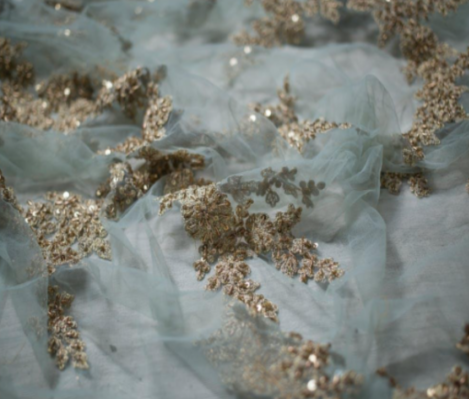What Is Embroidery Digitizing?
Robotics and machinery have heavily influenced the process of embroidery, when it comes to embroidery machine for home business. Digitizing embroidery is the latest step in embellishing apparel or creative repair work. It has more to do with programming than with fashion. In essence, files containing codes work to convert the design entered into the Floriani software into a physical, tangible design.
How Does Embroidery Digitizing Work?
The digitizing process requests an image to be interpreted into patterns of stitches through various stretching methods. The whole process can combine several software and hardware technologies. Depending on the complexity and design of the stitch, the software can work on one stitch at a time, or create shapes and then fill in within the lines depending on the program that has been preset. The type of stitch, technique, density, shape, and size has already been predefined in the program, and the machine follows along.
It’s a process of combining science, technology, and design to create an artistic interpretation of embroidery work. Many try to imagine a certain graphic file that is automatically converting the embroidery to design. Still, despite the availability of expensive and high-quality software, the precision process in the field is sorely lacking. Even super expensive pieces of technology and well-written software packages are not able to take the right technical call or create the right artistic pieces sometimes.
How Can Amateur Digitizers Work In The Field Of Embroidery Digitizing?
There is a misconception amongst inexperienced digitizers that if they can just learn the software technology, they will be immediately able to create fine embroidery work.
But there are a lot of pieces in this puzzle that need to come together for the whole picture to work out. Understanding the technology behind the work is not enough. Digitizers also have to understand the artistic interpretation of fine embroidery; otherwise, they will never be able to create work that reaches their full potential. This is known as the science of machine embroidery.
What Are The Difficulties Digitizers Face When Translating Work Into Embroidery?
Every stage adds up based on the previous design, and they all are interconnected with each other. When the machine touches the fabric, there is a very minute distortion in the thread tension and the fabric surface. There is accounting for what kind of fabric and stitch one is using to understand the stretch of these materials. Digitizers also have to account for how flexible the machine is and how much precision it can implement while creating embroidery.
This is what makes the digitizing process difficult. Only extensive testing can produce enough experience that can give digitizers some consistent results.
What Can Novice Digitizers Do To Gain Experience In This Area?
* Understanding machines is crucial. Starting out, digitizers need to understand the technicalities of their field. Also, they have to watch the designs being stitched by the machines, the reactions it is getting, and how all the components of the hardware come together.
* Understanding the difference between the software model and the real outcome
* To be able to create a proper and accurate design, digitizers need to understand the construction of the stitch, the sequence of the stretches, and the interaction between the elements. They will have to understand how the stress of the material and the fabric changes the operation of the machine. In the end, they narrow down the perfect measurement that can create the right technique.
Measuring stitch parameters
Experienced digitizers use ruler tools to measure all the parameters of a single stitch. Then they compare the difference between the design they have entered on screen and the output that came out on the fabric. This comparison will give them a chance to bridge the distortion and understand how to close the gap between physical embroidery and machine implementation.
Understanding thread color alteration
The quality of the thread and fabric that creates the images entered in the software can vary wildly depending on the dimensions of the thread. Some of the best practices experience digitizers use are using cylindrical volumes in satin fabric, adding straight stitches for tracing fine lines, etc. This helps digitizers understand how the angle and density of the state change the perceived color of the thread.
Conclusion
There is no defining just the technical know-how that one needs to have to work in this field. There is a life cycle that has to be completed, from understanding the methodology that goes behind creating this embroidery to testing it on real products.
This is how one can produce obvious and certain results in the work they are doing. The combined process is difficult because the digitizers have to consider a whole lot of factors that require experience and rigorous testing.
